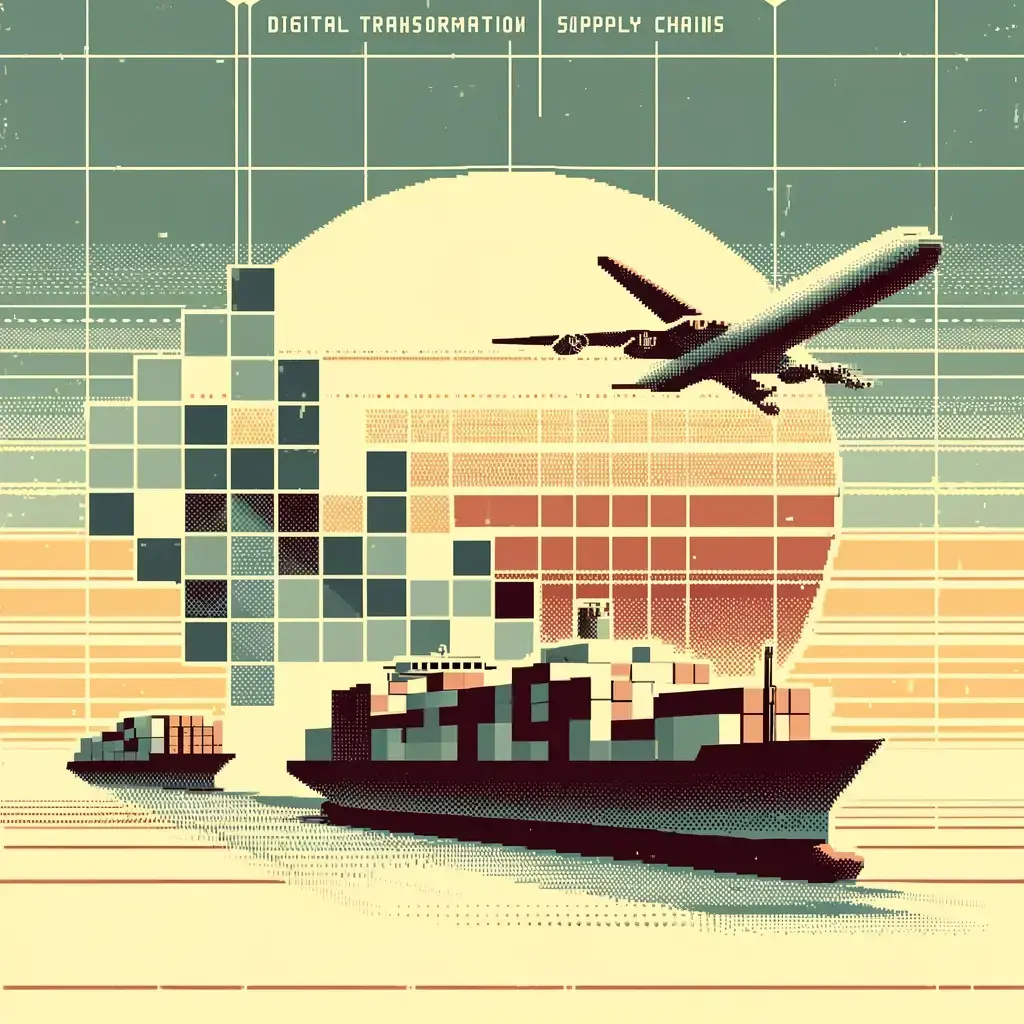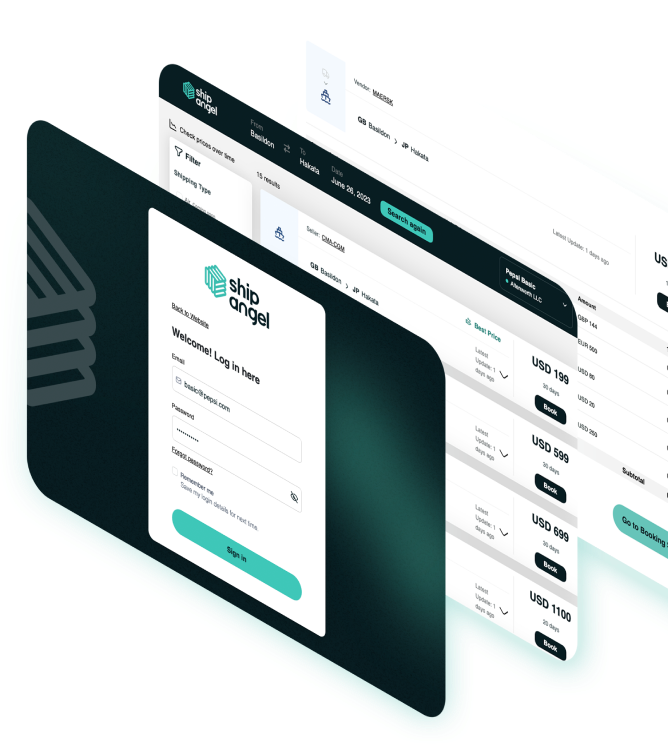
Shippers are moving faster than ever to digitize their supply chains. According to a 2020 Tata Consultancy Services (TCS) survey, 90% of organizations planned to maintain or increase their digital transformation budgets during the COVID-19 pandemic.
“Companies that had embraced digital transformation more whole-heartedly performed better during the pandemic and expect a faster rebound, whereas others are now focused on making necessary investments and racing to catch up,” said Rajashree R, Chief Marketing Officer, TCS.
Indeed, now that we are post-COVID pandemic, shippers are not slowing down with digital investments. Instead, they are speeding up their investments to address the volatility that remains in the global market and ensure agile supply chains.
Much effort has gone into areas such as visibility, a primary concern during the COVID-19 pandemic. Because of the disruptions and delays, many shippers could not track and manage shipments in real-time. Other areas, such as bookings, have also seen much innovation. Many booking platforms offer booking a shipment and tracking it end-to-end.
However, the area that has received the least “digital attention” has possibly been the shipping rate, particularly the ocean rate.
Ocean Rates
Over 90% of the world’s volume travels by ocean. However, ocean freight is at a significant disadvantage over air freight in one key area. Most air rates are now updated and shared by the application programming interface (API). This means instant updates and transparent formats.
So, what global percentage of ocean freight rates are delivered via API? The answer may surprise you: only 1%.
Complexity
Why is API so important to rates? It goes back to the COVID pandemic and the current global crisis, which have created a new world of ocean-rate complexity. This complexity has resulted in ten times the number of surcharges that are added to the rate, and as a result, we believe one in three ocean shipment invoices are incorrect today.
This means cargo owners must spend considerable time, money, and resources reviewing and double-checking freight invoices to ensure they are billed correctly.
While the number of surcharges can potentially lead to incorrect invoices, errors can also occur simply because of how ocean rates are delivered from the carrier and shared within a shipper’s business, which is often by email and spreadsheet.
For example, the number of people in various departments, such as procurement, logistics, transportation, accounting, and other departments, who share the same spreadsheet or forward the same email to other team members or to the carrier can often result in incorrect rate agreements, quotes, and vendor identification and management.
It’s like the old telephone game in which you whisper a message in one person’s ear and ask him to pass it on to the person next to him until the last person whispers it back into your ear. Chances are the message, or the ocean rate, in this case, is incorrect.
Another analogy is the snowball. One incorrect data point can impact another and then another, creating a snowball that can wreak havoc on a shipper’s invoice.
 Graham Parker
Graham Parker
 June 10, 2024
June 10, 2024
